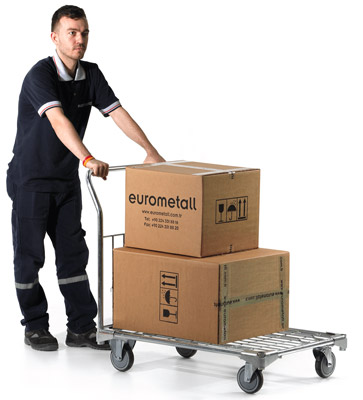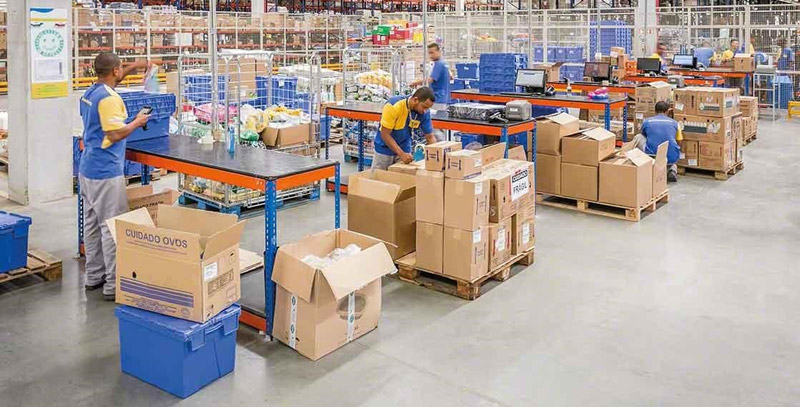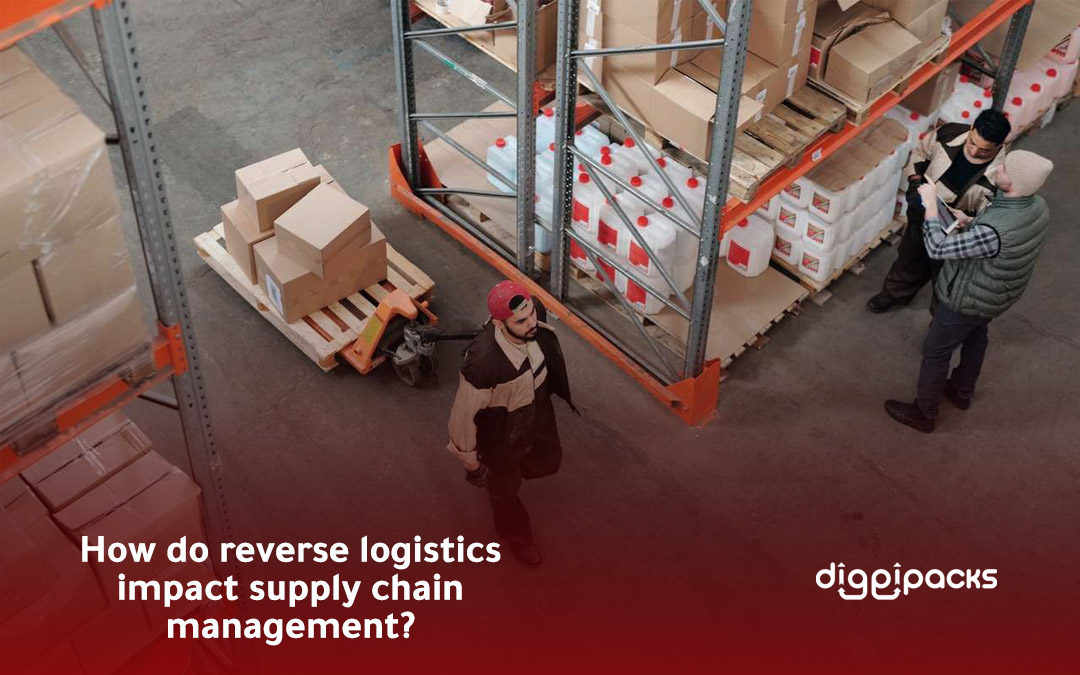Reverse logistics is one of the most important operations, which involves moving products back through the supply chain, it specializes in taking back products from customers and reformulating those products or parts of them to create a new product that can be sold, and it has many advantages that may positively affect the There are two main aspects to that process, returns management and refurbishment or remanufacturing, and in this article we will show you all the details about reverse logistics and how it affects your business.
What Is Reverse Logistics?
Before we get to know the nature of the work of reverse logistics, we will first need to define it to know what it is intended for.
We can define it as the value-added process that deals with how the company receives items from customers.
How Reverse Logistics Works

As for how it works, the most common scenario in which reverse logistics plays out is when a customer wants to return an item.
The process of how a company handles this product is an example of reverse logistics. it can operate in many different ways depending on the specifics of the business.
However, in almost all cases the process can be largely divided into two parts:
- Return management includes the process of actually managing the products that are returned to the company.
- Recycling is an aspect that makes a returned or recycled product ready to hit shelves again and be sold again.
Importance of Reverse Logistics to Your Business
Reverse logistics effectively helps in maintaining the flow of your goods more effectively, and this will pay off greatly in many important aspects of your business, the most important of which are:
- Reduce your costs.
- Risk reduction.
- Complete the product life cycle appropriately.
And it effectively helps in maintaining the flow of your goods more effectively, and this will pay off greatly in many important aspects of your business, the most important of which are:
- Reduce your costs.
- Risk reduction.
- Complete the product life cycle appropriately.
- Strengthen the revenue stream in your business.
- Facilitate the customer experience process.
- Improve the customer experience with your company.
Reverse logistics is also linked to some degree to the sustainable economy, in which companies find other ways to create new uses for products through recycling.
Benefits of Optimized Reverse Logistics
There is great importance to improving reverse logistics, as it gives the product a lot of financial benefits, which helps you save a lot of money as well as retain customers.
With the data that you get from your customers after the delivery options, you will be able to gain insight into your organization’s supply chain, which will improve products and your customers’ experience.
In addition to providing a better view of the supply chain, there are other advantages offered, the most important of which are:
- Increase in customer satisfaction with the services provided.
- Providing better and faster services.
- Enhance customers’ sense of your brand.
- Significantly increase sustainability.
- Maintaining clients.
- Significantly reduce costs.
- Reduce your losses by increasing your returns.
How Do Reverse Logistics Impact Supply Chain Management?
Reverse logistics greatly affects the management of the supply chain. Although it can help improve the supply chain, at the same time it can contribute to increasing its costs.
This will obviously hurt your profitability, as you will direct the additional revenue to cover higher supply chain costs.
Therefore the influence between it and supply chain management is very sensitive.
Monitoring Reverse Logistics in Your Supply Chain

Due to the great influence between reverse logistics and the supply chain, there is great importance to monitor it in the supply chain.
This is in order to find the best way to process the products, so that the company can eventually achieve the desired delivery targets.
This is due to the huge amount of information available on the ways that goods move back and forth through the supply chain.
All companies aim to deliver orders on time to provide the utmost perfection in the delivery process, in terms of time, place, condition, etc.
The only way to achieve this is to monitor the data properly, and it helps you optimize your ordering process.
Manage Reverse Logistics with Warehouse Management Software
Warehouse management software helps you manage incoming and outgoing logistics services, including reverse,
And because reverse logistics is essential to maintaining the reputation of your business, it is very important to use a warehouse management system (WMS).
In addition, a warehouse management system (WMS) will help you provide many advantages:
- Managing incoming and outgoing logistics.
- Deliver real-time analytics.
- Providing insights across transportation and logistics providers.
- Integrate the obtained information with the financial statements in the Enterprise Resource Planning (ERP) system.
- Easily track returns.
- Availability to monitor the movement of goods.
- Issuing credits through the accounting system and updating everything in the client’s record.
Therefore, we find that all companies are particularly interested in their logistics services, because they know that these revenues are one of the main sources of expenses.
Also, assessing the reverse logistics processes in your business will give you the ability to identify deficiencies, as well as help you address them.
Which will ultimately pay off to enhance the bottom line, visibly reducing your costs as well as increasing customer loyalty and raising your brand reputation.

Recent Comments